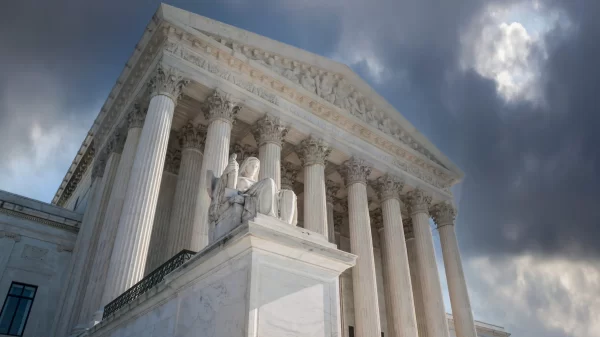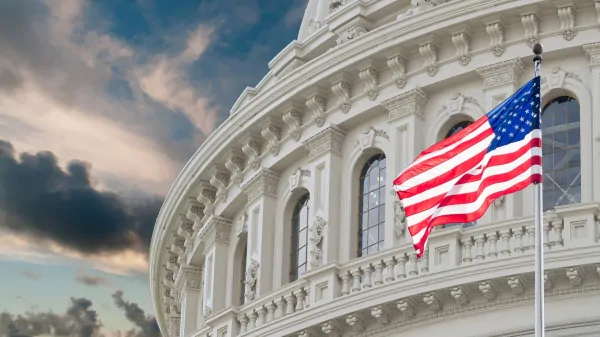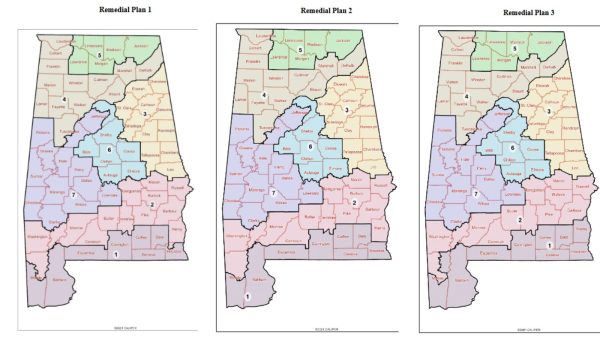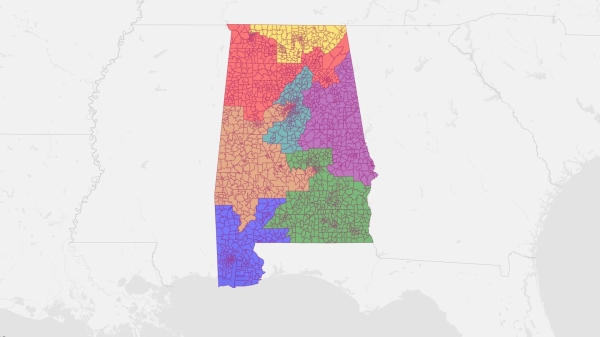The House Committee of State Government passed both House redistricting bills, House bills 1 and 2, in their meeting Friday morning.
HB1, the bill to redraw U.S Congressional district lines, was given a favorable report, 8-4, by the committee. HB2, the bill to redraw Alabama House of Representative Votes, likewise received a favorable vote by a narrow margin of 6-4, with one abstention.
Chairman Chris Pringle, R-Mobile, mentioned during the meeting that he expects a vote on the approved district maps by Nov. 3.
Several citizens, including active or past members of the Alabama State House, voiced concerns before the committee Friday. Prevailing issues posed were whether district lines had been broken or packed along racial lines and the redrawing of particular districts.
Chairman Pringle said that districts could not and had not been drawn or broken along racial lines, which would violate section 2 of the Voting Rights Act of 1965.
Prior to the previous special session on prison construction and reform, Senate Minority Leader Bobby Singleton, D-Greensboro, and State Senator Rodger Smitherman, D-Birmingham, filed a federal lawsuit alleging Black voters were being packed into one majority Black Congressional district and argued a second majority Black Congressional district would better represent non-white voters in Alabama.
State Representative Charlotte Meadows, R-Montgomery, argued before the committee that the redrawn district for her seat, District 74 in Montgomery County, had made the district unrecognizable.
According to Meadows, the lines for District 74 had already been changed multiple times in the previous decade.
“We are completely upending this district again,” Meadows said. “This isn’t about black and white, It’s not really about Democrat and Republican, it’s about keeping Montgomery’s core District 74 the same.”
Meadows mentioned that the process has gone by so fast during this week that there hasn’t been time to work with members to keep fair representation in her district.
Pringle mentioned after the meeting concluded that his committee would look into options for Meadow’s District but that he could not change the demographic shifts throughout the state.
“I cannot undo the demographic shifts that have occurred in Montgomery County, or around the state,” Pringle said, noting there were other members who were upset over demographic shifts in their districts.
Officials with the Autauga and Montgomery County Republican parties likewise asked the committee why district lines had been drawn so radically in the state’s center.
“What we are looking at is having our county completely separated,” said Karla Maddox, a member of the Autauga County Republican Executive Committee. “My part of the county is going to be lumped in with Selma.”
Maddox said due to the redrawn district lines, one candidate for the House District 88 seat–later confirmed as to be Josh Pendergrass, former spokesman for Governor Ivey–, had been “drawn out of his district,” in Autauga County.
Pendergrass later took the podium, mentioning that with the current redistricting maps, “there won’t even be a single representative who actually lives in the city of Prattville.”
“What appears to be happening is District 69 is having to take a large portion of Autauga county because of loss in population,” Pendergrass said in an interview with APR after the meeting. “The people of my community have already invested time, money, effort and resources into being a part of my campaign, and they deserve the right to be able to pick the person they vote for, as opposed to some committee in Montgomery picking who they get to vote for.”
Earlier that day, The Senate Finance and Taxation Committee gave favorable reports for two senate redistricting bills for the Senate and Board of Education district maps, along with a bill appropriating $80 million in federal America Rescue Act funds for state hospitals and nursing homes.
An identical bill in the House was given a favorable report by the House Ways and Means Committee Friday.
The bill would disburse the funds evenly, with $40 million each to the Alabama Hospital Association and the Alabama Nursing Homes Association.
Committee members did not discuss the bill during the meeting, moving immediately to give a favorable report before adjourning.






















































